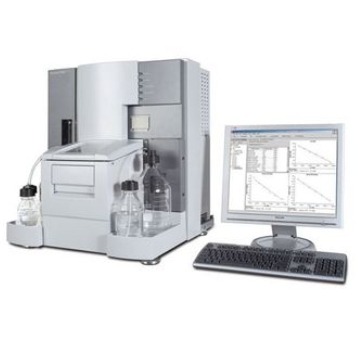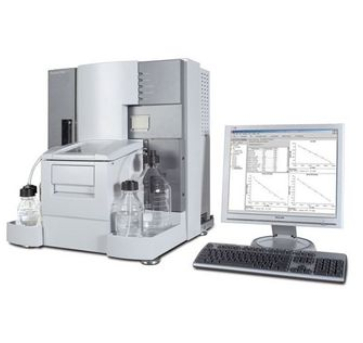The Importance of Antibody Affinity Measurement
Antibodies are proteins produced by the immune system to identify and neutralize foreign substances like pathogens. The binding strength between an antibody and its antigen is referred to as affinity. High-affinity antibodies bind more tightly to their antigens, leading to more effective neutralization. In therapeutic applications, such as monoclonal antibody development, selecting antibodies with high affinity ensures better efficacy at lower doses. For diagnostics, high-affinity antibodies improve the sensitivity and specificity of assays, leading to more accurate detection of disease markers.
Key Concepts in Antibody Affinity
Antibody affinity is governed by several factors, including the molecular interactions between the antibody's variable region and the antigen's epitope. These interactions involve hydrogen bonds, hydrophobic interactions, Van der Waals forces, and electrostatic attractions. Antibody Affinity Measurement The binding strength is typically expressed as a dissociation constant (Kd), which is the concentration at which half of the antigen-binding sites are occupied. A lower Kd value indicates a higher affinity.
Techniques for Measuring Antibody Affinity
Several methods are employed to measure antibody affinity, each with its own advantages and limitations. The most widely used techniques include surface plasmon resonance (SPR), enzyme-linked immunosorbent assay (ELISA), isothermal titration calorimetry (ITC), and biolayer interferometry (BLI).
Surface Plasmon Resonance (SPR):
SPR is a label-free, real-time technique that measures the interaction between an antibody and an antigen immobilized on a sensor chip. As the antibody binds to the antigen, changes in the refractive index near the sensor surface are detected, allowing determination of the association and dissociation rates. SPR provides a detailed kinetic analysis, making it one of the most accurate methods for affinity measurement.
Enzyme-Linked Immunosorbent Assay (ELISA):
ELISA is a widely used method in which an antigen is immobilized on a solid surface, and the antibody is added to detect binding. The strength of the interaction is determined by the amount of antibody bound, which is then quantified using an enzyme-substrate reaction that produces a color change. Although ELISA is less precise in determining kinetic rates compared to SPR, it is highly versatile and widely used in research and clinical settings.
Isothermal Titration Calorimetry (ITC):
ITC measures the heat change associated with the binding of an antibody to its antigen. By analyzing the thermodynamics of the interaction, ITC provides information on the binding constant, stoichiometry, and enthalpy. This method is particularly valuable for characterizing the energetics of binding, though it requires relatively large amounts of purified antibody and antigen.
Biolayer Interferometry (BLI):
BLI is another label-free technique that uses an optical sensor to measure changes in the thickness of a biological layer as an antibody binds to an antigen. Like SPR, BLI allows for real-time kinetic analysis, making it suitable for determining affinity with high accuracy.
Applications and Future Directions
Accurate antibody affinity measurement is critical in both research and industry. Anti Idiotype Antibodies In therapeutic antibody development, high-affinity antibodies are preferred for targeting diseases like cancer and autoimmune disorders. In diagnostics, highly specific and sensitive antibodies are essential for early disease detection. With advancements in affinity measurement techniques, researchers can better understand antibody-antigen interactions, leading to the development of more effective treatments and diagnostics.






Comments